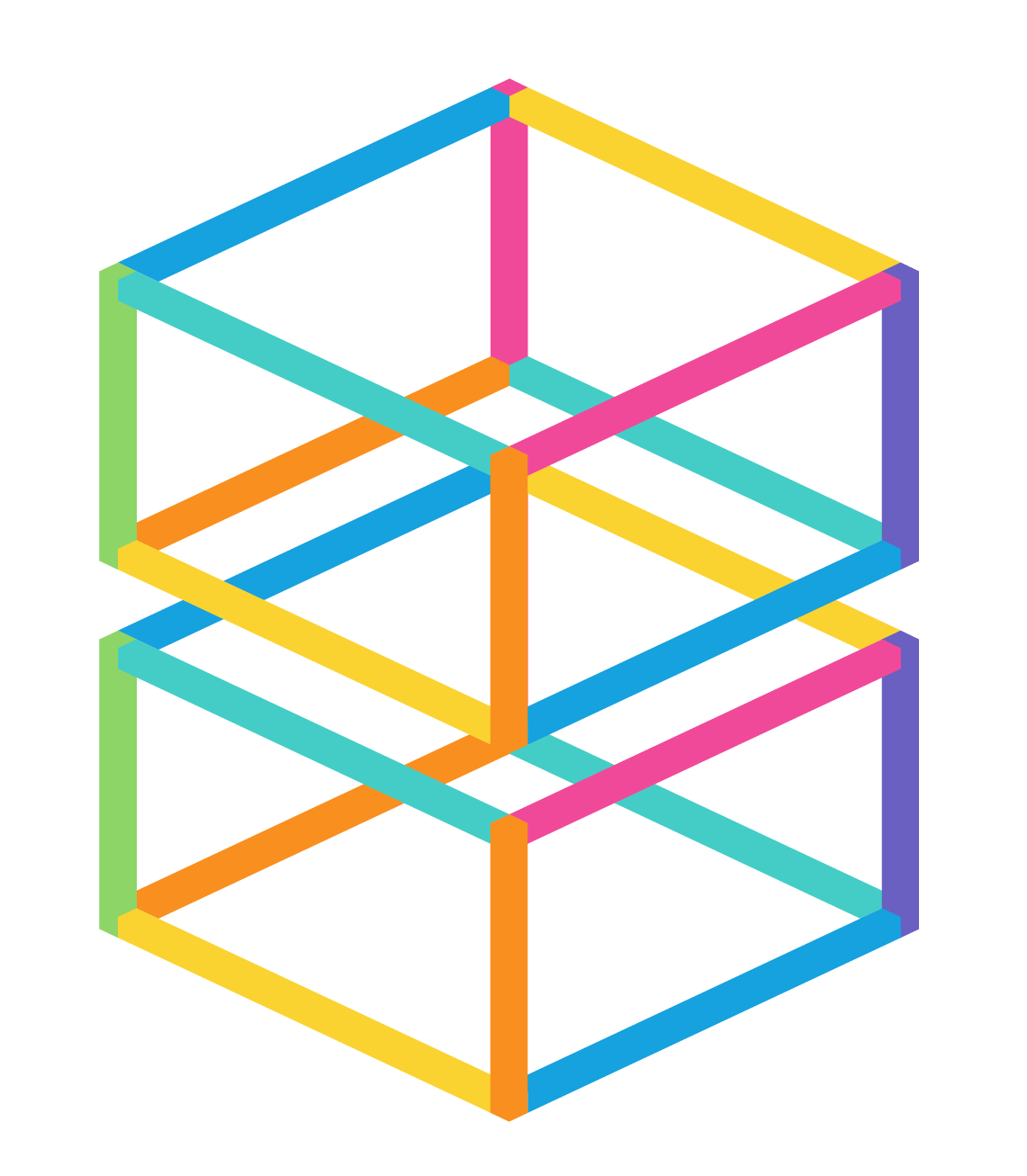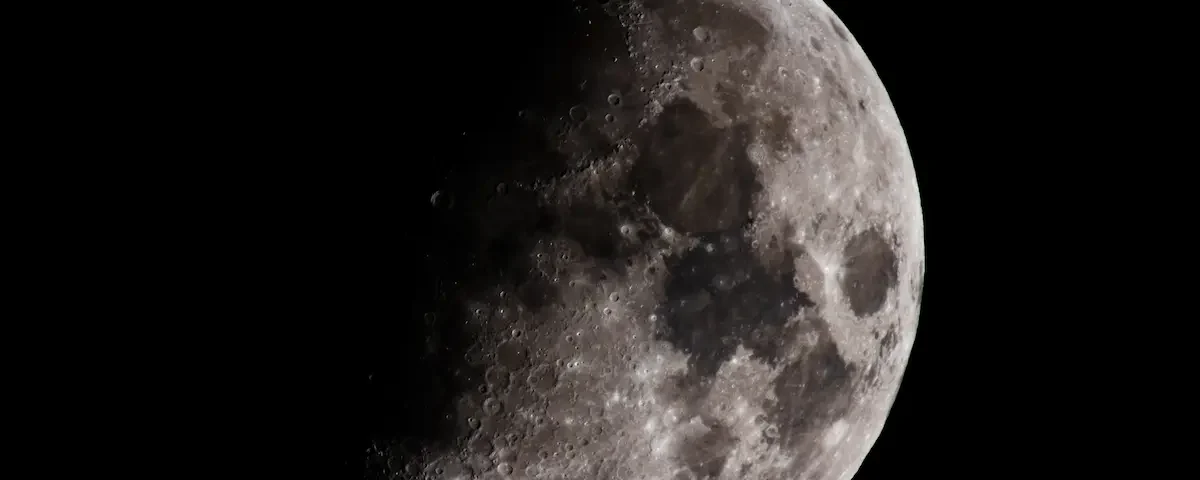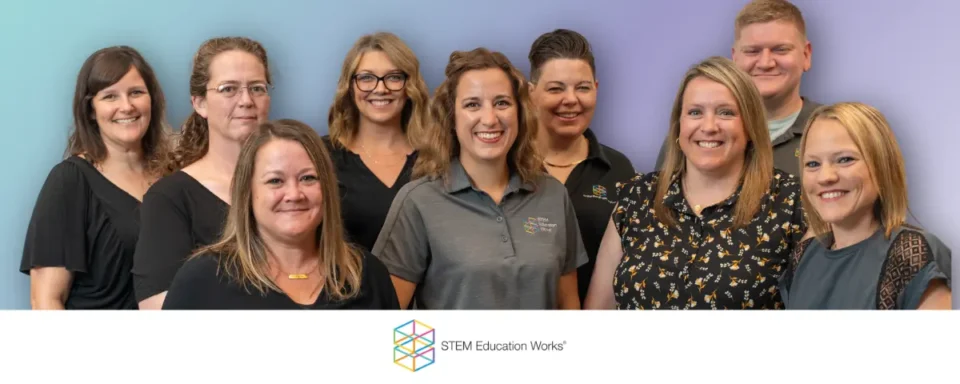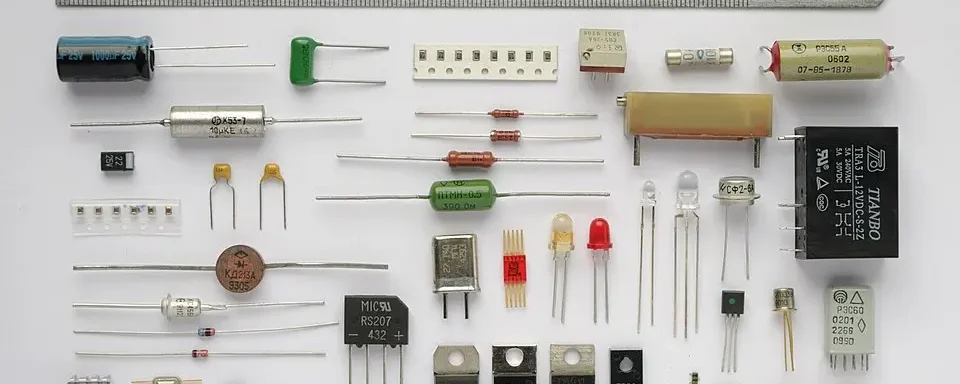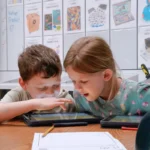
Nine YouTube Channels That Make STEM Learning Seriously Engaging
June 27, 2025
How to Score STEM Education Grants
July 17, 2025On July 20, 1969, the world stood still.
Families gathered around televisions. Scientists held their breath. Children looked up at the sky with wide eyes. 238,900 miles away, two astronauts stepped onto an alien surface. It was more than a technological feat. It was a reminder of what humans can do when we dare to dream beyond the horizon.
National Moon Day marks a moment when we became explorers again. That spirit lives on in STEM classrooms, makerspaces, and curious minds across the world. Behind that bold leap were thousands of experiments, equations, prototypes, and revisions. The Apollo program is a masterclass in STEM and working together to solve the ultimate challenge.
Let’s explore what the moon landing means today, especially for the next generation of STEM innovators growing up in its legacy.
Wonder is our first tool.
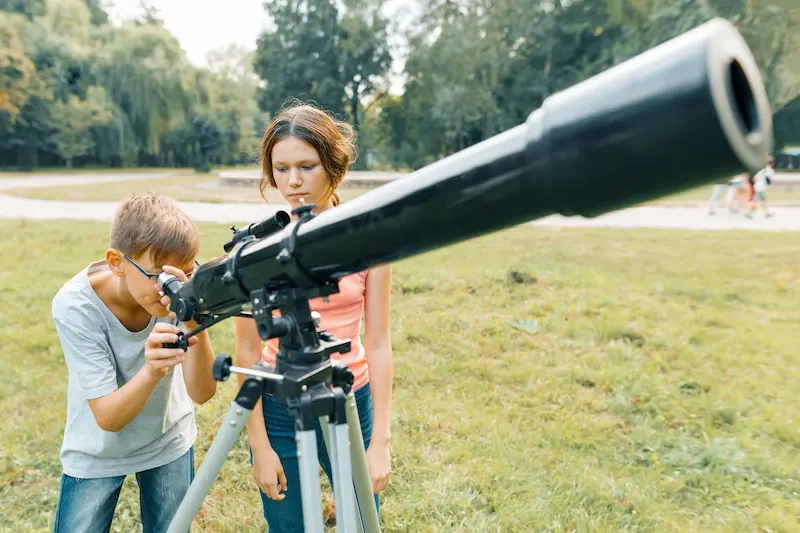
Before equations and rockets, there was wonder.
Children already sense that the Moon is special. They see it follow them on car rides and ask questions. In 1969, those questions were on everyone’s minds. Some still are today.
Those questions opened doors to astronomy, physics, geology, and chemistry. They sparked research that continues today, inspiring classroom experiments and hands-on challenges that make science real.
Fun Fact: Neil Armstrong and Buzz Aldrin spent only 21 hours on the Moon, but they collected over 47 pounds of lunar material, enough to change science forever.
The moon landing was part science, part storytelling.
Ask someone who remembers the moon landing where they were that day, and they’ll tell you. It wasn’t just a news broadcast. It was a story of ambition, failure, and triumph.
Behind that story were engineering challenges, from designing the lunar module to testing rocket fuel. Every success was rooted in applied science. In a world full of complex challenges, from climate to AI, we still need that story-driven approach. One where purpose fuels action and curiosity drives innovation.
The moon landing also changed what kids believed was possible. Before 1969, “astronaut” was a sci-fi word. After 1969, it became a dream job. Kids began to see themselves as aerospace engineers, astrophysicists, and mission planners. “Space camp” became real.
And yet, the real takeaway wasn’t just that we reached the moon. It was that students believed they could be part of something that big. That’s what STEM education is all about. It’s not just about ambition and information. It’s about access and imagination.
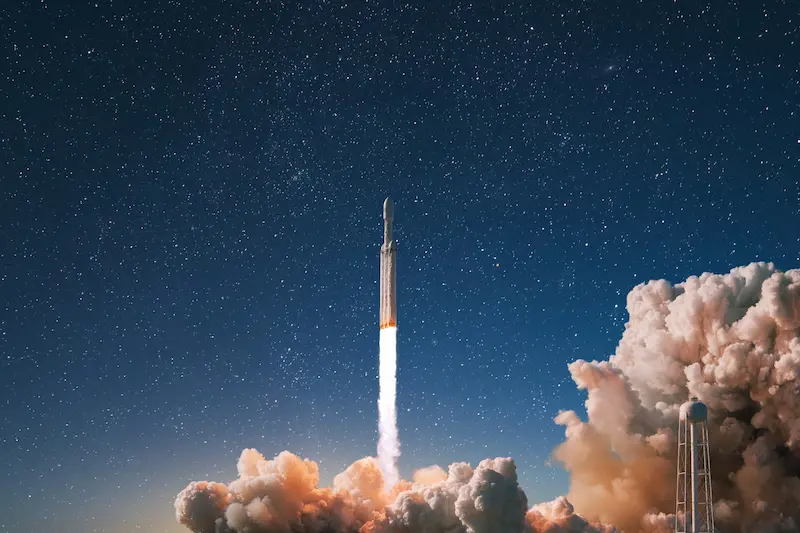
The quiet genius behind the scenes.
The moon landing spotlighted astronauts, but it also revealed a galaxy of minds behind the mission.
Katherine Johnson
Katherine Johnson was a mathematical genius whose complex orbital calculations made the Apollo 11 moon landing and return possible. Working at NASA as a “human computer,” Johnson manually verified flight paths, launch windows, and return trajectories with precision that even early computers couldn’t guarantee. When astronaut John Glenn famously insisted that Johnson double-check the computer’s math before his mission, it cemented her reputation for accuracy and brilliance. For Apollo 11, her calculations helped determine the exact trajectory that would allow the spacecraft to safely return to Earth, a life-or-death detail in one of the most ambitious missions in human history.
Margaret Hamilton
Margaret Hamilton was the software engineer who led the development of the onboard guidance software for the Apollo missions, long before software engineering was even recognized as a profession. As Director of the Software Engineering Division at MIT’s Instrumentation Laboratory, Hamilton and her team created one of the first real-time computing systems. Her forward-thinking code design was so robust that when the Apollo 11 lunar module’s computer began to overload during descent, the software prioritized critical tasks and ignored non-essential ones, saving the mission from a potential abort. Her pioneering work not only brought Apollo 11 to the Moon but also laid the foundation for modern software reliability.
The work of these early STEM pioneers shows that genius doesn’t always wear a spacesuit. Sometimes it sits at a desk, debugging a line of code or sketching a trajectory. Today’s students are tomorrow’s quiet geniuses. Our job is to hand them the tools and let them imagine boldly.
We’re still living in the ripple.
Even though it happened in the 60s, the moon landing isn’t exactly old news.
Modern GPS, satellite communications, and even the laptops we use every day trace their roots to space research. Space exploration pushed the boundaries of materials science, data communication, and computer engineering.
If we want students to design the future, we have to let them reverse-engineer the past. With missions like Artemis aiming to return to the moon and travel to Mars, today’s students might not just witness the next giant leap. They might take it themselves.
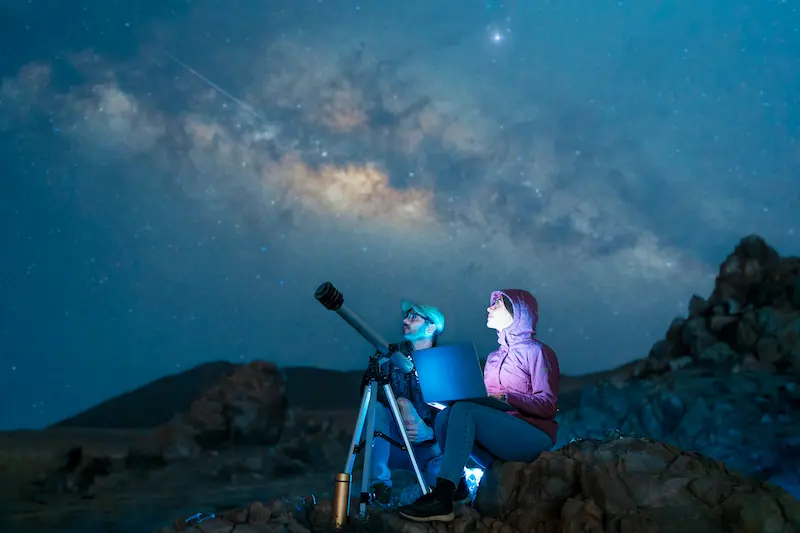
National Moon Day, Here and Now
So, how do we celebrate National Moon Day in a way that matters? It’s important to celebrate it with both nostalgia and curiosity. We can do this through hands-on projects that inspire students to look up at the sky and wonder what’s next. We can share stories of unsung heroes. And we can embrace messy, creative learning that reflects the real work behind every great scientific achievement.
Try building lunar rover prototypes in your makerspace. Simulate crater impacts with marbles and flour. Explore the physics of escape velocity. Make STEM a launchpad for imagination.
Looking Up, Moving Forward
In 1961, President Kennedy said, “We choose to go to the moon not because it is easy, but because it is hard.”
In 2025, the challenges look different. But the mindset to dream, build, fail, and try again remains unchanged.
This July 20th, remember that the Moon is an invitation to reach, question, and imagine what’s just beyond our grasp. It’s the perfect inspiration to dive deeper into STEM and prepare for the next big breakthrough.
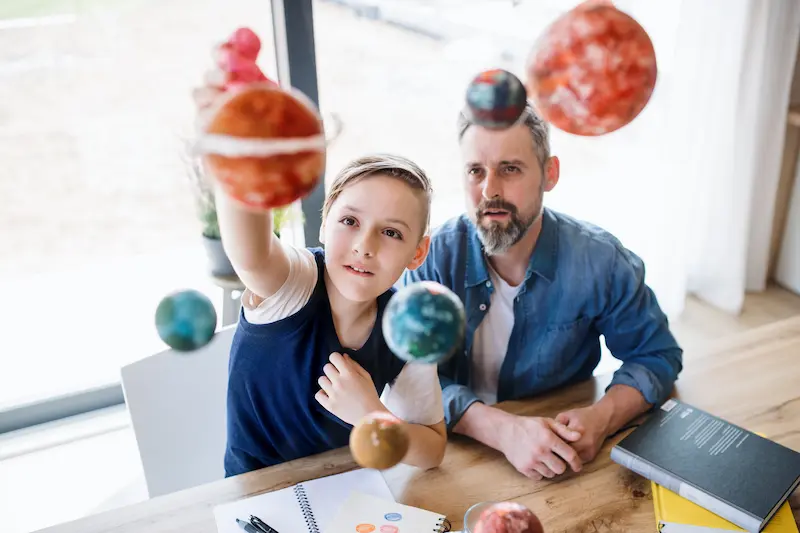
Want to bring Moon Day to your classroom? Explore hands-on STEM tools and lessons that spark the same spirit of discovery. See what’s possible at stemeducationworks.com. Let’s turn wonder into work and curiosity into creation.
STEM Education Works provides educators and youth advocates with the hands-on tools, curriculum, and training to bring STEM learning to life. From coding and robotics to 3D printing and laser cutting, their solutions spark curiosity, build real-world skills, and prepare students for the future. Learn more about what we do through our socials, Facebook, Twitter, Youtube, LinkedIn, Instagram, and TikTok.
